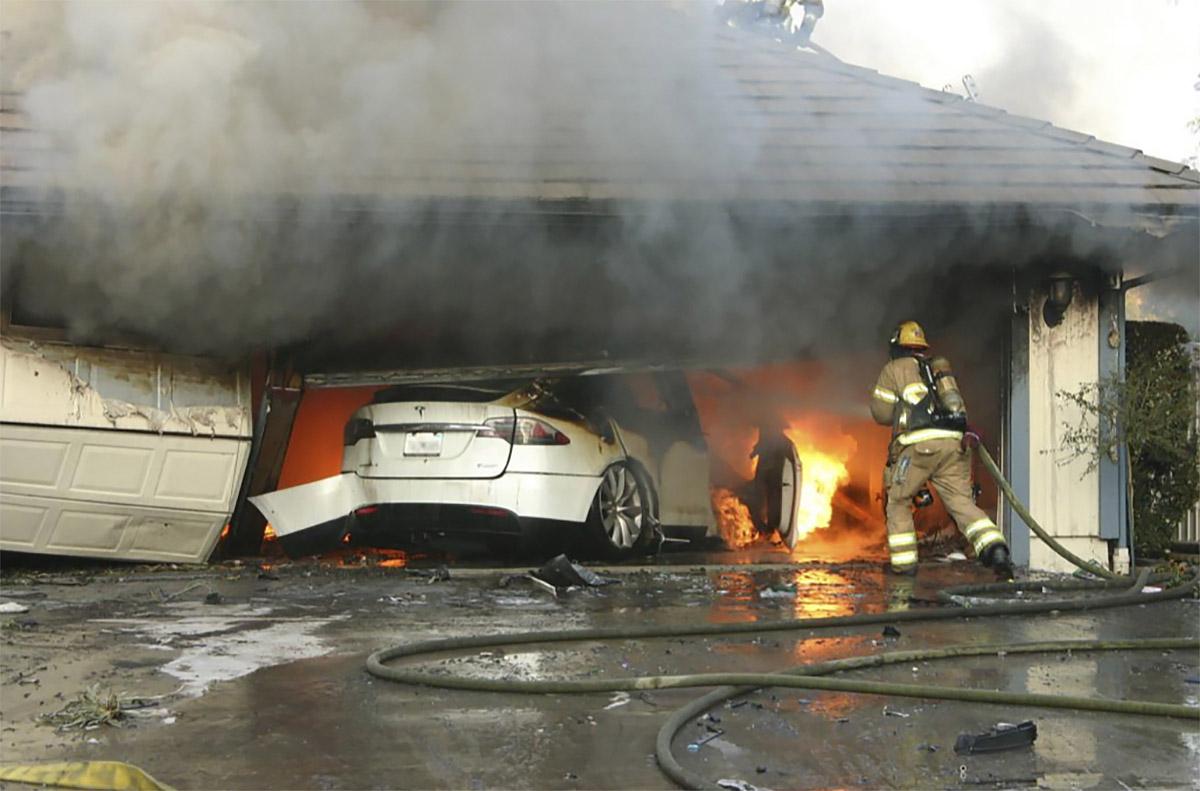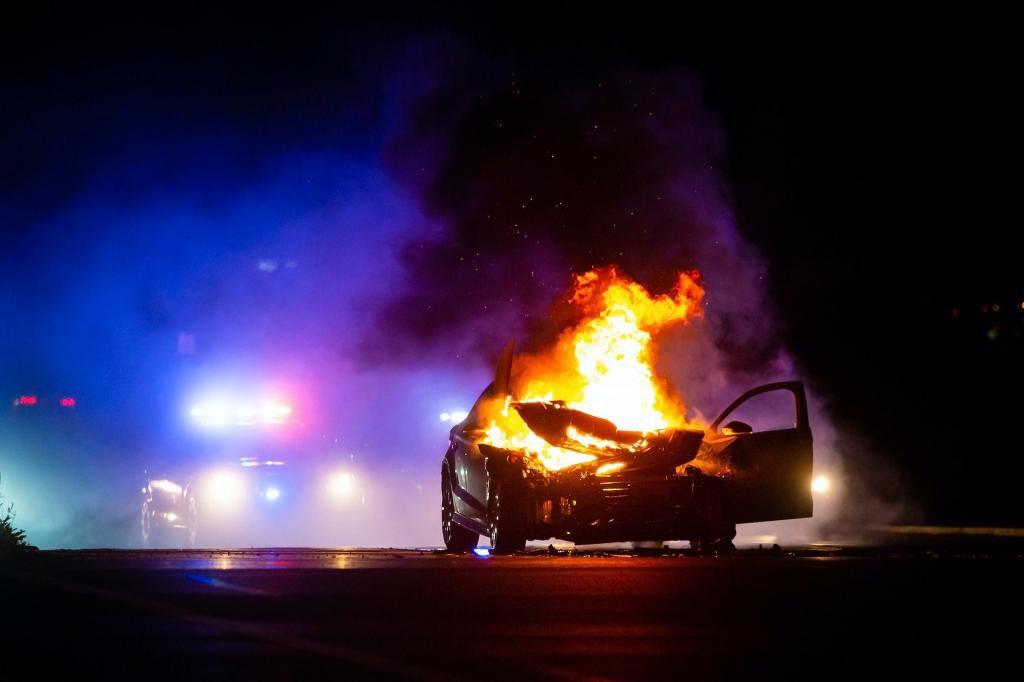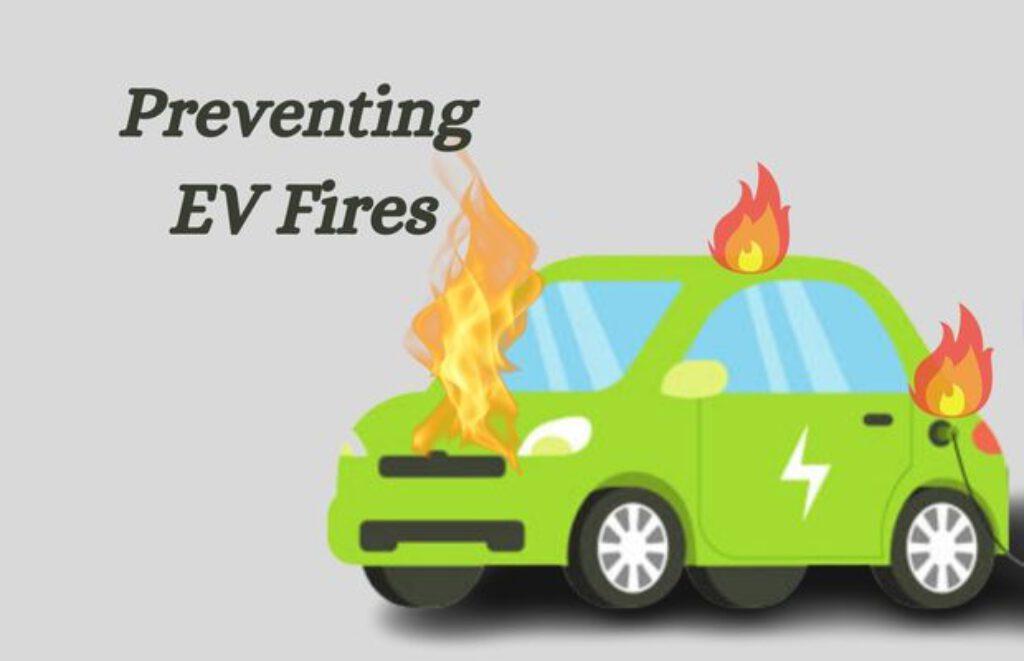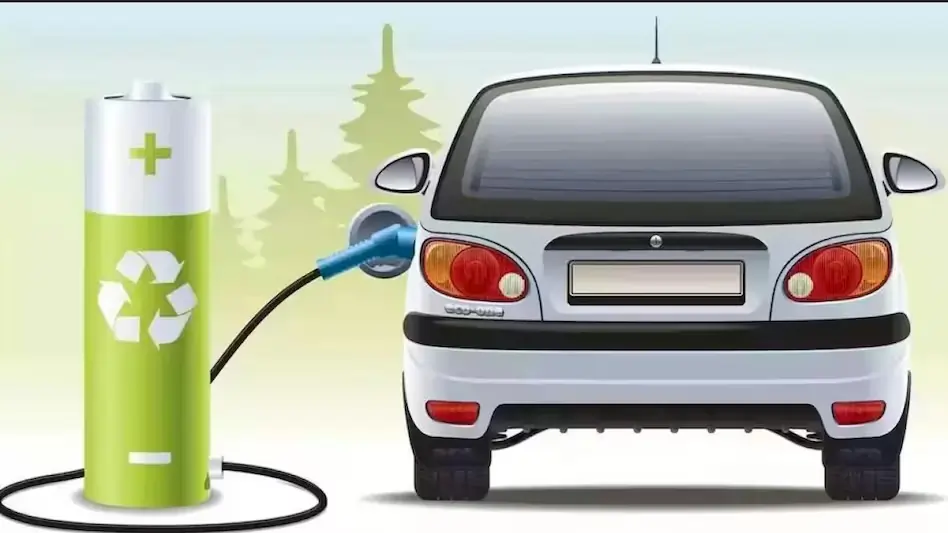
Electric vehicles (EVs) are growing in popularity in India, but some prospective buyers have concerns about the safety of EV batteries. Specifically, many wonder: can an EV battery catch fire? This comprehensive guide examines the risk of EV battery fires, preventative measures, and what to do if a fire does occur.
Table of Contents
Overview of EV Battery Technology
Most modern EVs use lithium-ion batteries to store and provide electricity. The batteries are comprised of cells containing positively charged cathodes and negatively charged anodes, plus electrolytes that allow lithium ions to flow between the electrodes.
Compared to other battery types, lithium-ion batteries offer:
- High energy density – More power storage in a smaller, lighter-weight package
- Low self-discharge – Ability to hold a charge when not in use
- High cell voltage – More power output
- Low maintenance – No scheduled cycling is needed to prolong battery life
However, lithium-ion batteries also come with risks, especially related to overheating. The electrolyte is flammable, and the cathode and anode materials can serve as fuel if the battery enters a state called “thermal runaway.”
What Causes EV Battery Fires?

While EV battery fires are extremely rare, they can occur under certain conditions:
External Damage
A collision or external impact can damage the battery enclosure and internal components. This can lead to electrical shorts, voltage abnormalities, and uncontrolled increases in temperature.
Internal Faults
Manufacturing defects or damage from vibration can cause internal short circuits and other faults. This interrupts normal battery operation and creates hot spots.
Software Bugs
The battery management system relies on sensors and software to maintain safe temperatures and voltages. Software errors could allow conditions that lead to thermal runaway.
Overcharging
Charging too quickly, to 100% capacity, or continuing to charge once fully charged creates stress. Trickle charging an already full battery can cause lithium plating that results in shorts.
Overheating
High ambient temperatures, vigorous driving/fast charging, or inadequate battery cooling can all cause the battery temperature to become excessively high. This accelerates exothermic chemical reactions that further increase temperatures.
Crash Damage
Vehicle crashes can cause direct mechanical damage to batteries. But the shock and acceleration forces alone can also deform or rupture individual cells internally.
Poor Maintenance
Refrain from replacing deteriorated components like cooling fans or fixing issues with temperature sensors can allow unsafe conditions during charging or operation.
Preventing EV Battery Fires

Fortunately, there are multiple safeguards in place to minimize fire risks:
Thermal Management System
This uses cooling plates, fins, and liquid coolant loops to keep the battery within a safe operating temperature range during charging and discharging.
Temperature Sensors
Sensors monitor individual cells and the overall battery pack temperature. The BMS will slow or stop charging if temperatures begin to rise excessively.
Charge Management
The charging system carefully controls voltage and current levels based on the battery’s state to avoid overcharging. Apps or displays give charging status and warnings.
Protective Housing
A rigid enclosure protects the battery from impact damage. It also prevents oxygen exposure if the battery is damaged. Some packs have extra fire retardant barriers between modules.
Physical Isolation
The battery pack is physically separated from the passenger cabin to prevent smoke or fire from entering if an issue arises.
Ground Fault Protection
Isolation monitoring systems constantly check for leakage current or insulation resistance problems that could indicate dangerous electrical shorts.
Software Safeguards
The battery management system has fail-safes to disconnect the battery if cell voltages or temperatures fall outside safe levels.
Also read: Is battery performance optimized in cold weather?
What To Do if an EV Battery Catches Fire?
While the risk is low, it is still possible for an EV battery to catch fire due to extreme circumstances. Here are tips if you encounter a burning EV:
Park and Exit Safely
Move or park the vehicle away from structures, vegetation, or other vehicles if possible. Shut down the vehicle, engage the parking brake, and exit immediately.
Call Emergency Services
Call the fire department. EV fires have special concerns compared to gasoline vehicle fires. Make sure to communicate it is an EV.
Do Not Attempt to Extinguish
EV battery fires require tremendous amounts of water and speciality suppressants to extinguish. Do not attempt to put out the fire yourself.
Avoid Smoke Inhalation
The smoke from a burning EV battery contains toxic gases from lithium, fluoride, phosphates and other chemicals. Stay upwind and move away to avoid breathing fumes.
Expect Reignition
EV batteries can reignite multiple times as cells continue to self-heat. Stay away from the vehicle until emergency crews have fully extinguished and cooled the battery.
Disconnect Power
If it can be done safely, have the fire department disconnect the main EV battery power cable. This will isolate the battery from driving electricity.
Are EVs Safe to Drive?

Despite the technical risks outlined, EVs are overwhelmingly safe in real-world use. Fire risks are extremely low compared to gasoline vehicles. Still, it’s important to take proper precautions:
- Purchase from established, reputable brands
- Follow the maintenance schedule; replace worn components
- Avoid high speed, repeated fast charging during extreme heat
- Charge within the recommended voltage range; use manufacturer-approved equipment
- Park carefully; check for damage after any incident
- Address warning indicators immediately, especially related to battery temperature and charging
Fire Risk Statistics
Various research studies have pegged the risk of an EV fire at 1 in 20,000 vehicles or fewer based on real-world data. This compares very favourably to gasoline vehicle fire risks, which are estimated between 1 in 800 and 1 in 1,500. Some key statistics:
- There are over 10 million EVs on roads worldwide, with about 3 lakh in India. Less than .01% have experienced a fire.
- In the US, there are around 150-200 EV fires per year. Given billions of miles travelled, this equates to less than 1 fire per 100 million miles driven.
- Most EV fires occur during charging. One study found 26 fires during charging for every 1 fire during operation per 1 billion miles travelled. Slow overnight charging has the lowest risk.
- Despite concerns about crash damage, collision-related EV fires occur 5-10 times less often than gas car collisions resulting in fire.
So, while an EV battery can catch fire under exceptional circumstances, your chances of experiencing it are extremely slim. With proper precautions and maintenance, EVs represent the future of safe, sustainable transportation.
Frequently Asked Questions
-
How likely is an EV battery to catch fire?
Overall, EV battery fire risks are very low, estimated between 1 in 20,000 to 1 in 50,000 vehicles. The vast majority of EVs will never experience a fire over their operating lifetime.
-
What causes most EV fires?
Most EV fires start during charging rather than operation. Contributing factors include charger defects, overcharging, high ambient temperatures, and battery damage or defects.
-
Do EV battery fires spread faster than gas vehicle fires?
EV fires are less likely to spread than gasoline fires overall. However, burning lithium-ion batteries requires special methods and materials for suppression.
-
Are there toxic gases released from an EV battery fire?
Yes, burning lithium-ion batteries release hazardous gases like hydrofluoric acid, cobalt oxide, and other acidic particulate matter. Avoid inhaling smoke.
-
Should we stop advocating for EVs due to fire risk?
No, EVs are statistically much less likely to catch fire than gasoline vehicles. With proper safety systems and adherence to maintenance, they represent a substantial improvement in safety.
-
How can manufacturers prevent EV battery fires?
Rigorous design and testing, thermal management systems, software controls, impact protection, and other redundancies make fires extremely unlikely. Continued improvements will further reduce risks.
-
What should I do if my EV battery starts smoking?
Shut off the vehicle immediately, exit safely upwind, and call emergency responders. Do not re-enter the vehicle or try to extinguish the fire yourself.
-
Do I need a special fire extinguisher for my EV?
For home charging, having an ABC extinguisher nearby is recommended. But do not try to extinguish a major battery fire yourself; evacuate and call emergency crews.
-
Should I avoid parking my EV in a garage?
It’s not necessary to avoid garage parking, but take precautions like avoiding charging to 100%, minimizing high power charging, and parking away from flammables.
Conclusion
While EV lithium-ion batteries can theoretically catch fire given extreme circumstances, real-world risks are extremely low. With responsible use and maintenance, drivers can continue to enjoy the benefits of electric vehicles with confidence.
As technology improves, fire risks are likely to become even more infinitesimal over time. So the next time someone asks, “Can an EV battery catch fire?” you can rest assured that the odds are overwhelmingly in your favour.







